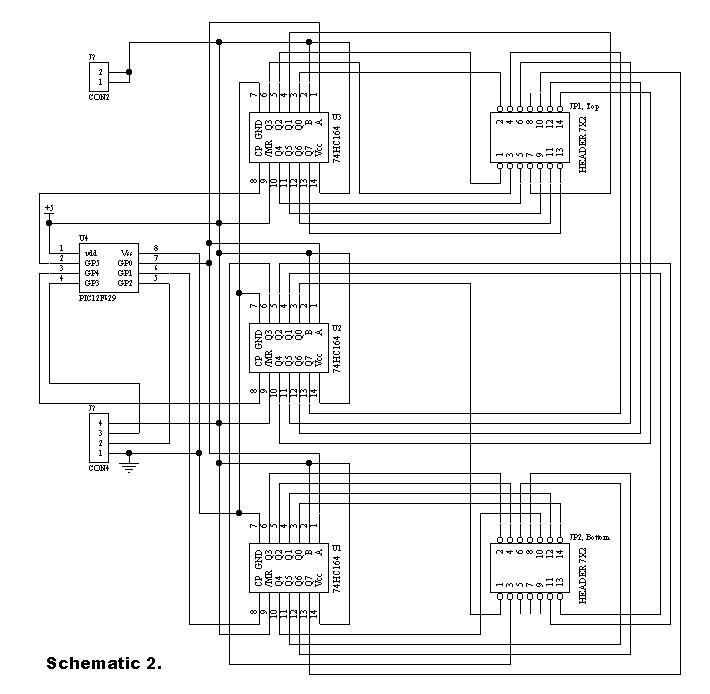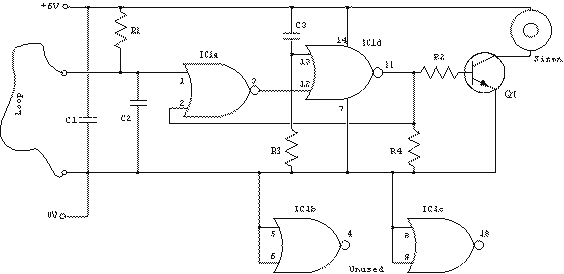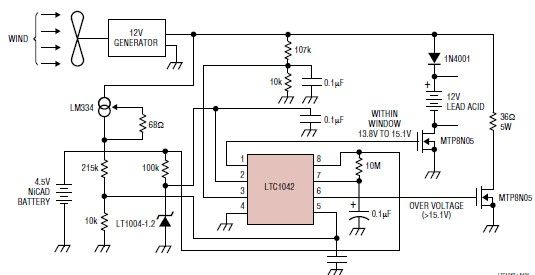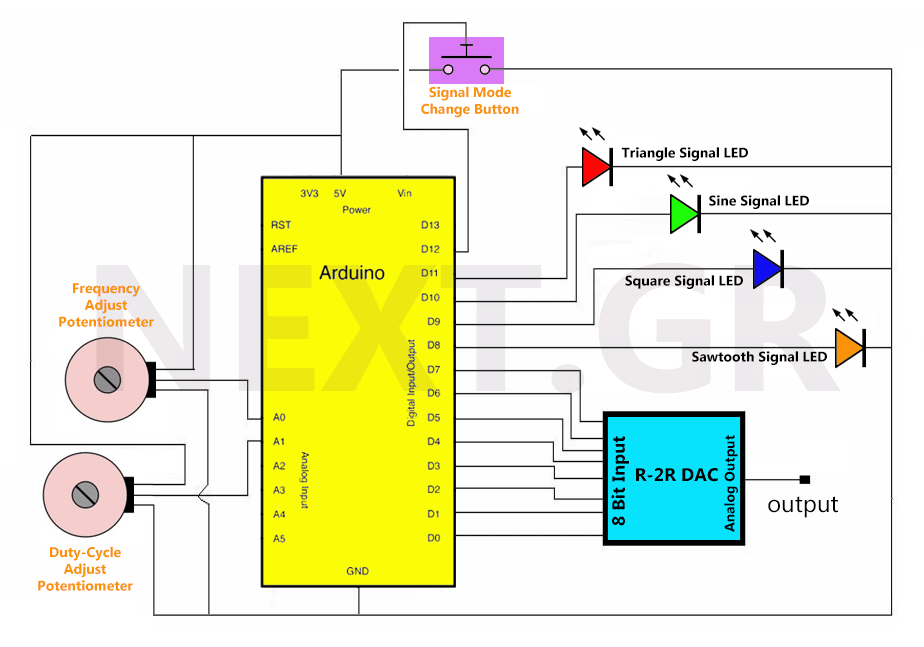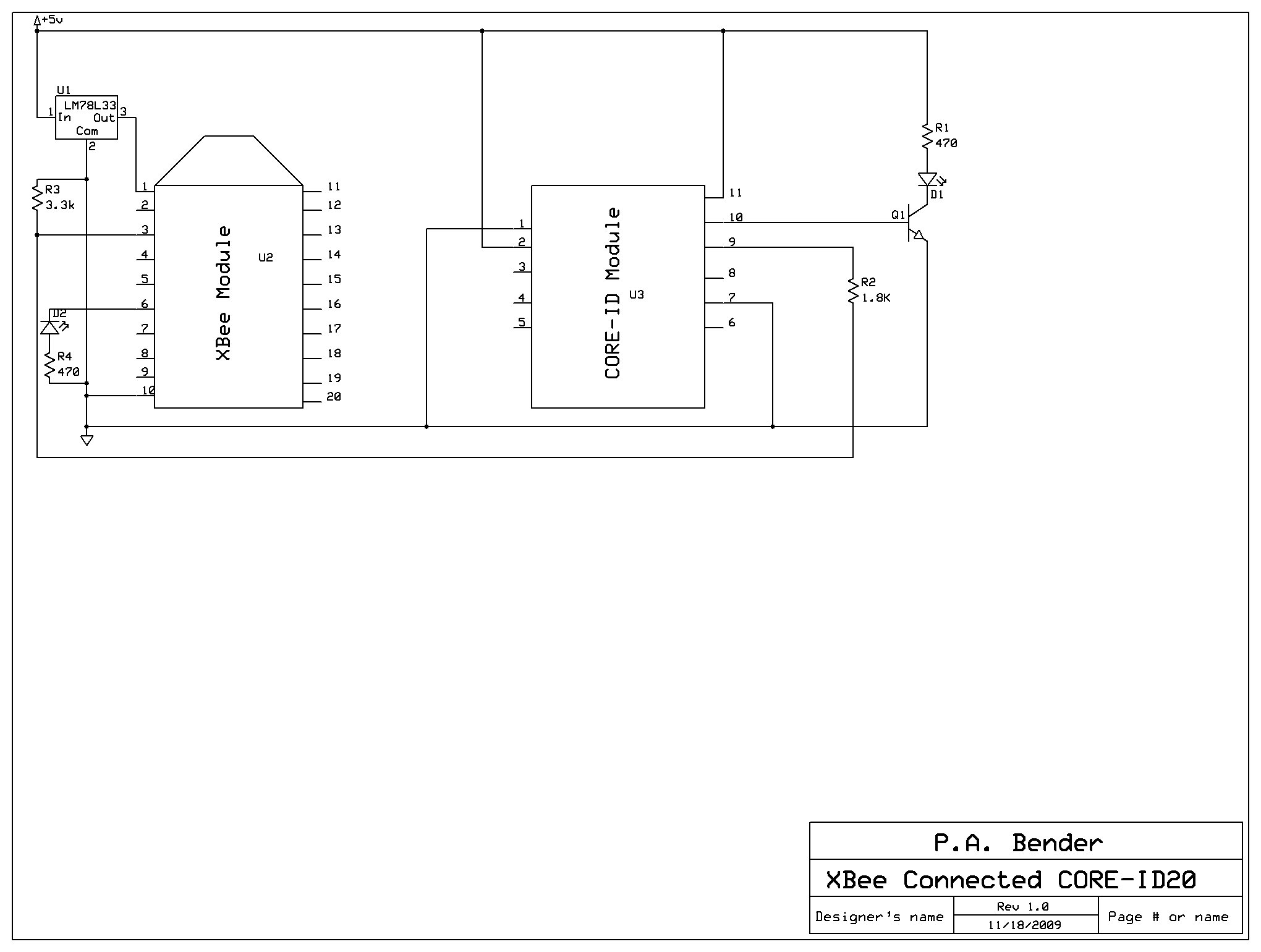
Tesla transformer Project
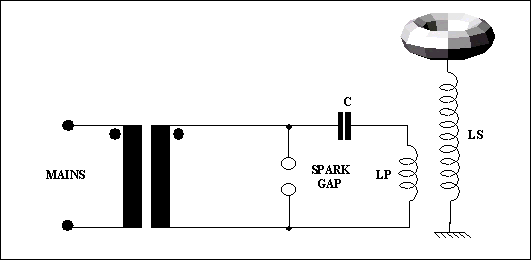
The Thor project commenced at the High Voltage Institute of HUT (Helsinki University of Technology) in January 1999. Dr. Martti Aro oversees the project, while Marco Denicolai is responsible for its development and implementation. This project involves the analysis, design, and construction of a Tesla resonance transformer for research purposes. The paper outlines the design criteria that influenced the choice of Tesla transformer topology and size, as well as the power supply configuration and spark gap type. Nikola Tesla, born in Smijlan, Croatia in 1856, attended the Technical University of Graz, Austria, and the University of Prague (1879-1880). His initial employment was in a government telegraph engineering office in Budapest, where he created his first invention, the loudspeaker. In 1882, Tesla began working in Paris for the Continental Edison Company, where he constructed his first induction motor. He relocated to America in 1884, and in May 1885, George Westinghouse, head of the Westinghouse Electric Company in Pittsburgh, acquired the patent rights to Tesla's polyphase system of alternating-current dynamos, transformers, and motors. In 1887, Tesla established his own laboratory in New York City, conducting numerous experiments, including work on a carbon button lamp, the power of electrical resonance, and various types of lighting. He also invented fluorescent lights and a new type of steam turbine, becoming increasingly fascinated with wireless power transmission. A significant controversy arose between advocates of alternating current and direct current in the 1880s and 1890s, with Tesla and Edison leading opposing factions. During his stay in Colorado Springs from May 1899 to early 1900, Tesla made what he considered his most significant discovery—terrestrial stationary waves—demonstrating that the Earth could function as a conductor responsive to electrical vibrations of a specific frequency. He lit 200 lamps wirelessly from a distance of 25 miles and created artificial lightning with arcs measuring 135 feet. Tesla possessed an intuitive ability to uncover hidden scientific secrets and utilized his inventive skills, although he was often impractical in financial matters. Returning to New York in 1900 due to a lack of funds, many of his ideas remained in notebooks, which continue to be examined by engineers for potential insights. He passed away in 1943, holding over 100 patents. Among Tesla's inventions, the resonance transformer stands out. Originally termed "Apparatus for transmitting electrical energy," it was designed to transfer electrical energy wirelessly to lamps and potentially other devices. Today, the Tesla resonance transformer is commonly referred to as the Tesla Coil (TC). A TC is an electrical device capable of generating high voltages ranging from hundreds of kilovolts to several megavolts. The produced voltage is alternating current (AC), with a frequency typically between 50 and 400 kHz. TCs are generally operated in pulsed mode, with pulse widths ranging from a few nanoseconds to several hundred microseconds, depending on the specific application. In its simplest configuration, a TC consists of two air-cored coils: the primary and secondary. Unlike conventional metal-core transformers (operating at 50-60 Hz), where the primary and secondary voltage ratio is directly related to the turns ratio of the windings, the output voltage of a TC is related to the inductance ratio of the primary and secondary coils. In the first half of the 20th century, the industry produced small-sized TCs to generate high voltage for various classical applications, such as X-ray generators and electrocution for veterinary purposes. However, many of these applications have since been replaced.
The Tesla Coil (TC) operates based on the principles of resonance and electromagnetic induction. The primary coil is connected to a power supply and is energized to create a magnetic field. This process induces a current in the secondary coil, which is situated nearby and has a much higher number of turns. The resonance condition is achieved when the inductance of the primary and secondary coils is matched with the capacitance in the circuit, allowing for efficient energy transfer and amplification of voltage. The spark gap, typically used to initiate the discharge in the primary circuit, serves as a switch that opens and closes rapidly, creating high-frequency oscillations.
In terms of construction, a Tesla Coil consists of several critical components: the primary coil, secondary coil, capacitor bank, spark gap, and power supply. The primary coil is usually wound with a thicker wire to handle higher currents, while the secondary coil is made with a finer wire to achieve a high voltage. The capacitor bank is charged by the power supply, and once sufficient voltage is reached, the spark gap conducts, allowing the energy to discharge into the primary coil. This rapid discharge creates oscillations that resonate with the secondary coil, leading to the production of high voltage output.
The design of the Tesla Coil can vary significantly based on its intended application. For example, in educational demonstrations, TCs are often designed to produce spectacular electrical arcs and visual displays. In contrast, for practical applications such as wireless power transmission or high-voltage testing, the design may focus on efficiency and stability. The choice of materials, coil dimensions, and configuration can all influence the performance and characteristics of the Tesla Coil, making it a versatile device in both experimental and practical settings.The project Thor was started at the High Voltage Institute of HUT (Helsinki University of Technology) on January 1999. Dr. Martti Aro is in charge of project supervision and Marco Denicolai of project development and implementation.
Within this project a Tesla resonance transformer is analyzed, designed and built for study and research. This paper describes the design criteria that led to the selection of the Tesla transformer topology and size, the power supply topology and the spark gap type. Nikola Tesla was born in Smijlan, Croatia in 1856. He attended the Technical University of Graz, Austria, and the University of Prague (1879-1880). His first employment was in a government telegraph engineering office in Budapest, where he made his first invention, the loudspeaker.
In 1882 Tesla went to work in Paris for the Continental Edison Company, and constructed his first induction motor. Tesla moved to America in 1884: in May 1885, George Westinghouse, head of the Westinghouse Electric Company in Pittsburgh, bought the patent rights to Tesla`s polyphase system of alternating-current dynamos, transformers, and motors.
In 1887 Tesla established his own laboratory in New York City, where he performed countless experiments included work on a carbon button lamp, on the power of electrical resonance, and on various types of lighting. Tesla also invented fluorescent lights and a new type of steam turbine, and he became increasingly intrigued with the wireless transmission of power.
A controversy between alternating current and direct current advocates raged in 1880s and 1890s, featuring Tesla and Edison as leaders in the rival camps. In Colorado Springs, where he stayed from May 1899 until early 1900, Tesla made what he regarded as his most important discovery - terrestrial stationary waves.
By this discovery he proved that the earth could be used as a conductor and would be as responsive as a tuning fork to electrical vibrations of a certain pitch. He also lighted 200 lamps without wires from a distance of 25 miles and artificial lightning with arcs measuring 135 feet.
Tesla had a way of intuitively sensing hidden scientific secrets and employing his inventive talent, but was quite impractical in financial matters. Returned to New York in 1900, because of a lack of funds, his ideas kept remaining in his notebooks, which are still today examined by engineers for unexploited clues.
He died in 1943, the holder of more than 100 patents. Among Tesla`s inventions, the resonance transformer occupies a place of its own. Originally named "Apparatus for transmitting electrical energy" by its inventor, it was intended for transferring electrical energy without wires to lamps and possibly other devices. The Tesla resonance transformer is nowadays better known as Tesla Coil or simply resonance transformer.
In the rest of this paper the Tesla Coil will be referred to as TC. A TC is an electrical device capable of developing high potentials ranging from a few hundreds of kilovolts up to several megavolts: the voltage produced is not DC but AC, being the voltage frequency typically 50 - 400 kHz. TCs are typically operated in pulsed mode, with pulse widths varying from some nanoseconds up to several hundreds of microseconds according to the particular application.
In its simpler configuration, a TC is composed by two air-cored coils, the primary and the secondary. While in conventional metal-core transformers (50 - 60 Hz) the primary and secondary voltage ratio is directly related to the windings number of turns ratio, the output voltage of a TC it is related to primary and secondary inductance ratio.
in the first half of this century industry have manufactured small-sized TCs to generate high-voltage for a number of classical applications (X-ray generators, electrocution and coagulation for veterinary purposes, etc. ). Nowadays the TCs used in most of these applications have been replaced 🔗 External reference
The Tesla Coil (TC) operates based on the principles of resonance and electromagnetic induction. The primary coil is connected to a power supply and is energized to create a magnetic field. This process induces a current in the secondary coil, which is situated nearby and has a much higher number of turns. The resonance condition is achieved when the inductance of the primary and secondary coils is matched with the capacitance in the circuit, allowing for efficient energy transfer and amplification of voltage. The spark gap, typically used to initiate the discharge in the primary circuit, serves as a switch that opens and closes rapidly, creating high-frequency oscillations.
In terms of construction, a Tesla Coil consists of several critical components: the primary coil, secondary coil, capacitor bank, spark gap, and power supply. The primary coil is usually wound with a thicker wire to handle higher currents, while the secondary coil is made with a finer wire to achieve a high voltage. The capacitor bank is charged by the power supply, and once sufficient voltage is reached, the spark gap conducts, allowing the energy to discharge into the primary coil. This rapid discharge creates oscillations that resonate with the secondary coil, leading to the production of high voltage output.
The design of the Tesla Coil can vary significantly based on its intended application. For example, in educational demonstrations, TCs are often designed to produce spectacular electrical arcs and visual displays. In contrast, for practical applications such as wireless power transmission or high-voltage testing, the design may focus on efficiency and stability. The choice of materials, coil dimensions, and configuration can all influence the performance and characteristics of the Tesla Coil, making it a versatile device in both experimental and practical settings.The project Thor was started at the High Voltage Institute of HUT (Helsinki University of Technology) on January 1999. Dr. Martti Aro is in charge of project supervision and Marco Denicolai of project development and implementation.
Within this project a Tesla resonance transformer is analyzed, designed and built for study and research. This paper describes the design criteria that led to the selection of the Tesla transformer topology and size, the power supply topology and the spark gap type. Nikola Tesla was born in Smijlan, Croatia in 1856. He attended the Technical University of Graz, Austria, and the University of Prague (1879-1880). His first employment was in a government telegraph engineering office in Budapest, where he made his first invention, the loudspeaker.
In 1882 Tesla went to work in Paris for the Continental Edison Company, and constructed his first induction motor. Tesla moved to America in 1884: in May 1885, George Westinghouse, head of the Westinghouse Electric Company in Pittsburgh, bought the patent rights to Tesla`s polyphase system of alternating-current dynamos, transformers, and motors.
In 1887 Tesla established his own laboratory in New York City, where he performed countless experiments included work on a carbon button lamp, on the power of electrical resonance, and on various types of lighting. Tesla also invented fluorescent lights and a new type of steam turbine, and he became increasingly intrigued with the wireless transmission of power.
A controversy between alternating current and direct current advocates raged in 1880s and 1890s, featuring Tesla and Edison as leaders in the rival camps. In Colorado Springs, where he stayed from May 1899 until early 1900, Tesla made what he regarded as his most important discovery - terrestrial stationary waves.
By this discovery he proved that the earth could be used as a conductor and would be as responsive as a tuning fork to electrical vibrations of a certain pitch. He also lighted 200 lamps without wires from a distance of 25 miles and artificial lightning with arcs measuring 135 feet.
Tesla had a way of intuitively sensing hidden scientific secrets and employing his inventive talent, but was quite impractical in financial matters. Returned to New York in 1900, because of a lack of funds, his ideas kept remaining in his notebooks, which are still today examined by engineers for unexploited clues.
He died in 1943, the holder of more than 100 patents. Among Tesla`s inventions, the resonance transformer occupies a place of its own. Originally named "Apparatus for transmitting electrical energy" by its inventor, it was intended for transferring electrical energy without wires to lamps and possibly other devices. The Tesla resonance transformer is nowadays better known as Tesla Coil or simply resonance transformer.
In the rest of this paper the Tesla Coil will be referred to as TC. A TC is an electrical device capable of developing high potentials ranging from a few hundreds of kilovolts up to several megavolts: the voltage produced is not DC but AC, being the voltage frequency typically 50 - 400 kHz. TCs are typically operated in pulsed mode, with pulse widths varying from some nanoseconds up to several hundreds of microseconds according to the particular application.
In its simpler configuration, a TC is composed by two air-cored coils, the primary and the secondary. While in conventional metal-core transformers (50 - 60 Hz) the primary and secondary voltage ratio is directly related to the windings number of turns ratio, the output voltage of a TC it is related to primary and secondary inductance ratio.
in the first half of this century industry have manufactured small-sized TCs to generate high-voltage for a number of classical applications (X-ray generators, electrocution and coagulation for veterinary purposes, etc. ). Nowadays the TCs used in most of these applications have been replaced 🔗 External reference
